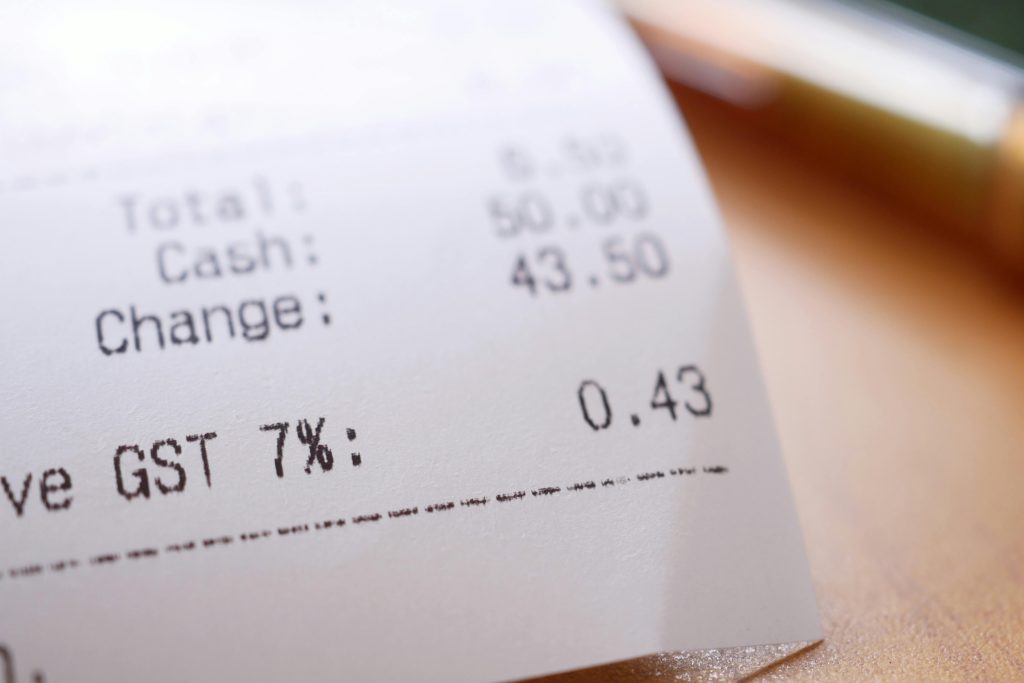Connecting External Hard Drives: What You Need to Get Started
If you’ve recently received some external hard drives from a friend and are wondering how to connect them to your computer, you’re not alone. Many people find themselves in a similar situation, especially if they’re not familiar with the various components necessary for setup. In this post, we’ll take a closer look at what you’ll need to successfully connect those hard drives and make the most out of your new storage options.
Understanding the Basics
Before diving into what to buy, it’s important to know that external hard drives typically connect to your computer via USB, Thunderbolt, or eSATA ports. The specific method of connection often depends on the model of the hard drive and the available ports on your computer.
Essential Items to Purchase
- Cables: Most external hard drives come with the necessary cables, but if yours didn’t, you’ll need to purchase a compatible cable. Check the port type on both your hard drive and your computer before buying. Common options include:
- USB Type-A to Type-B cable (commonly used)
- USB Type-C cable (for newer drives and laptops)
-
Thunderbolt cable (for high-speed connections, if supported)
-
Power Supply: Some larger external hard drives require an additional power source. If your drive has a separate power input, make sure to acquire the appropriate adapter to keep it running smoothly.
-
USB Hub: If your computer has limited USB ports, a USB hub can provide extra connections. This is particularly useful if you have multiple USB devices or peripherals that need to be connected.
-
Docking Station: For those with multiple hard drives, a docking station can simplify the process. These stations typically accommodate several drives at once and may offer additional connectivity options.
Final Tips
Once you have the necessary cables and accessories, connecting your hard drives should be straightforward. Simply plug the drives into your computer, and they should be recognized automatically. If they do not appear, it may be necessary to format the drives or install any required drivers, depending on your operating system.
In summary, with the right cables and equipment, you’ll be able to seamlessly connect and utilize your new storage drives. Enjoy exploring the additional space and potential they offer!
Share this content:



Hi there! From your description, it looks like you’re on the right track. To connect your external hard drives to your computer, you’ll need to identify the port types on both the drives and your computer. Typically, most external drives use USB (Type-A or Type-C), but some high-speed drives might support Thunderbolt or eSATA.
Here are some steps to ensure you have everything covered:
Make sure to safely eject or format the drives if they aren’t recognized initially, and install drivers if necessary, especially on older systems. If you’re unsure about specific hardware compatibility, consulting the drive’s manual or manufacturer’s website can provide tailored guidance.
Hope this helps you set up your